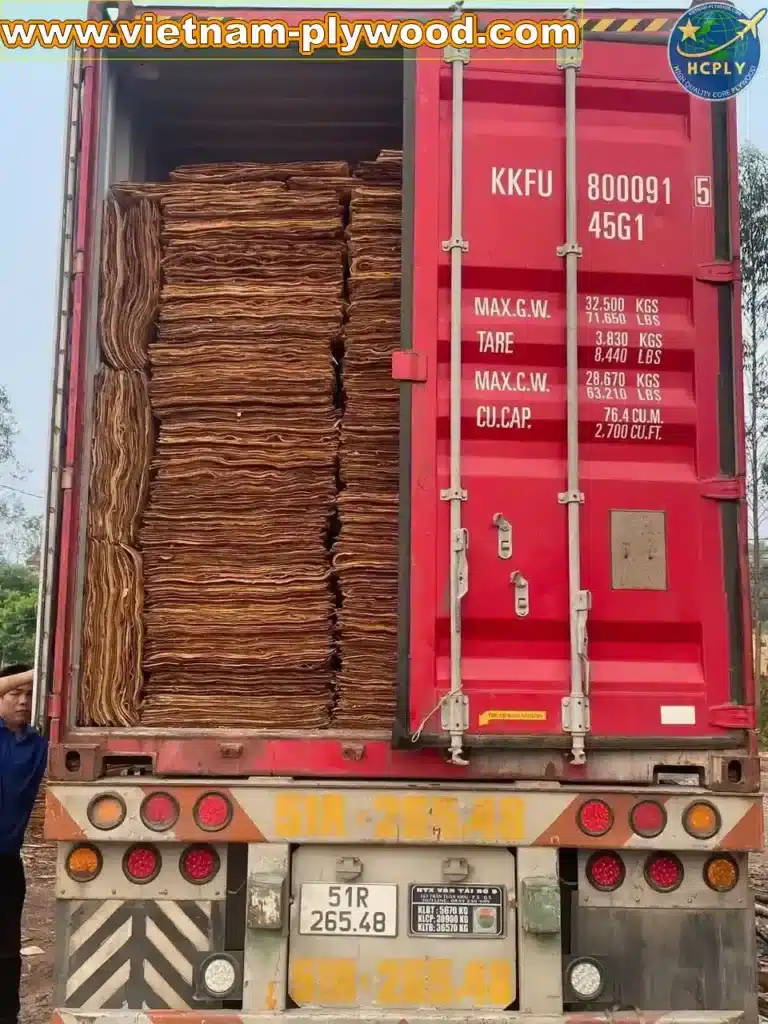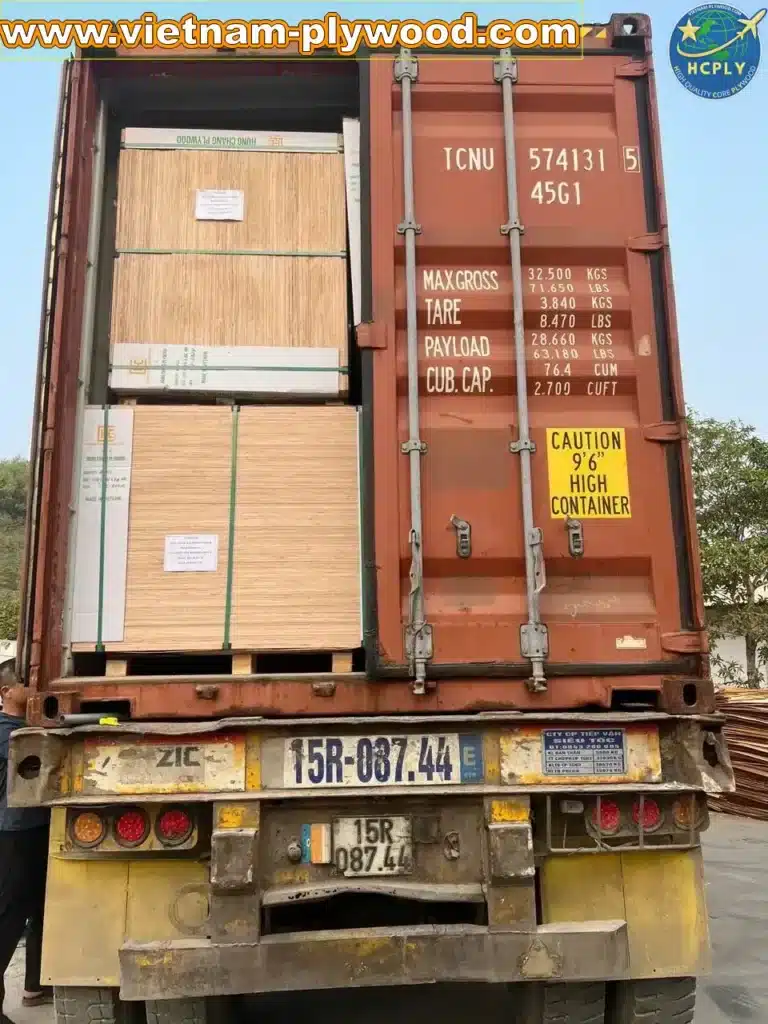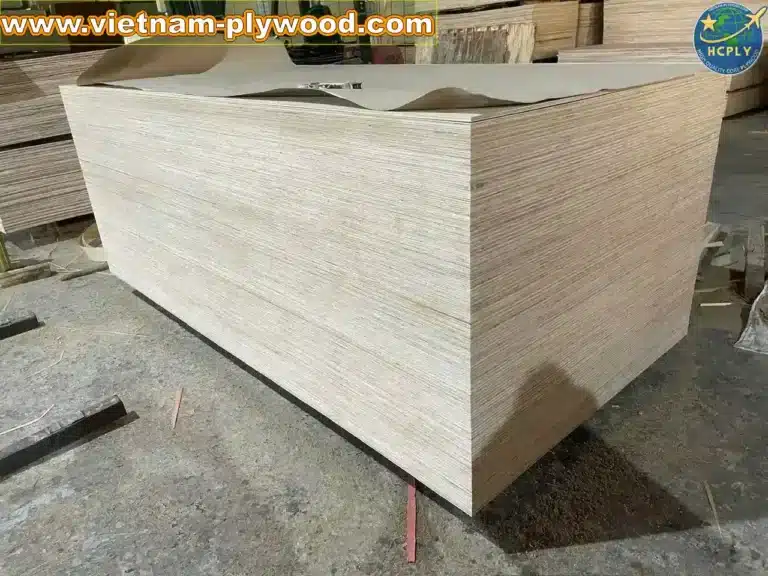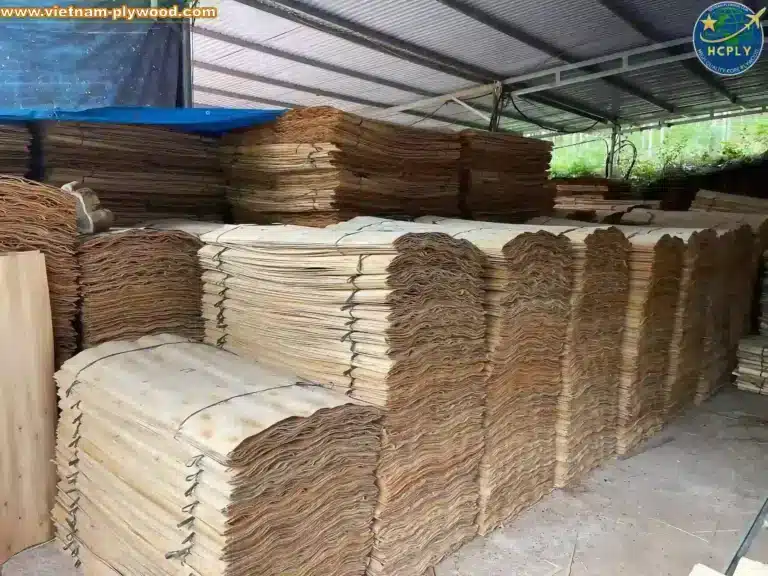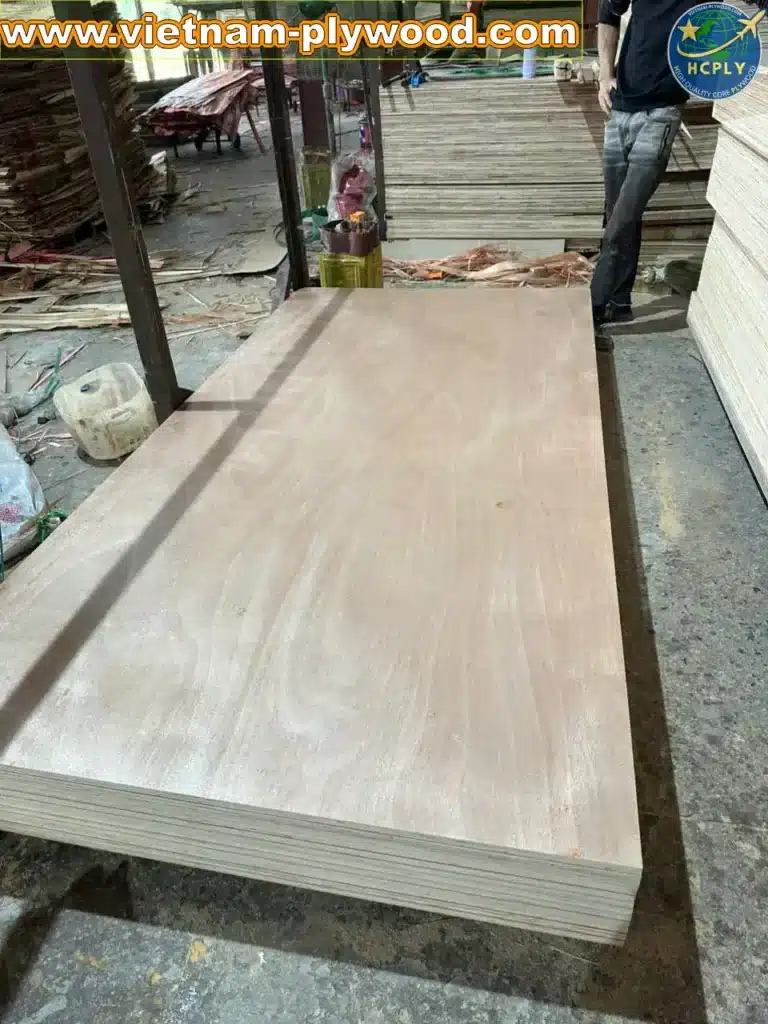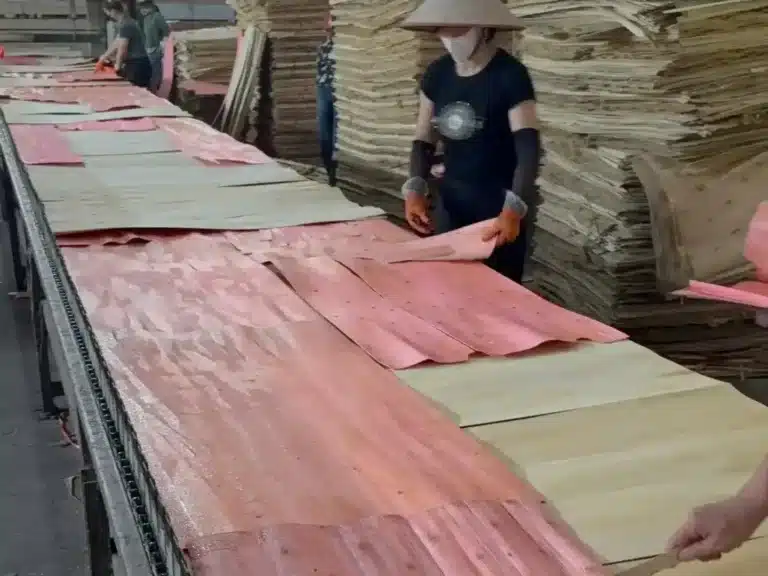Quality Issues in Vietnam Plywood – What to Look Out For
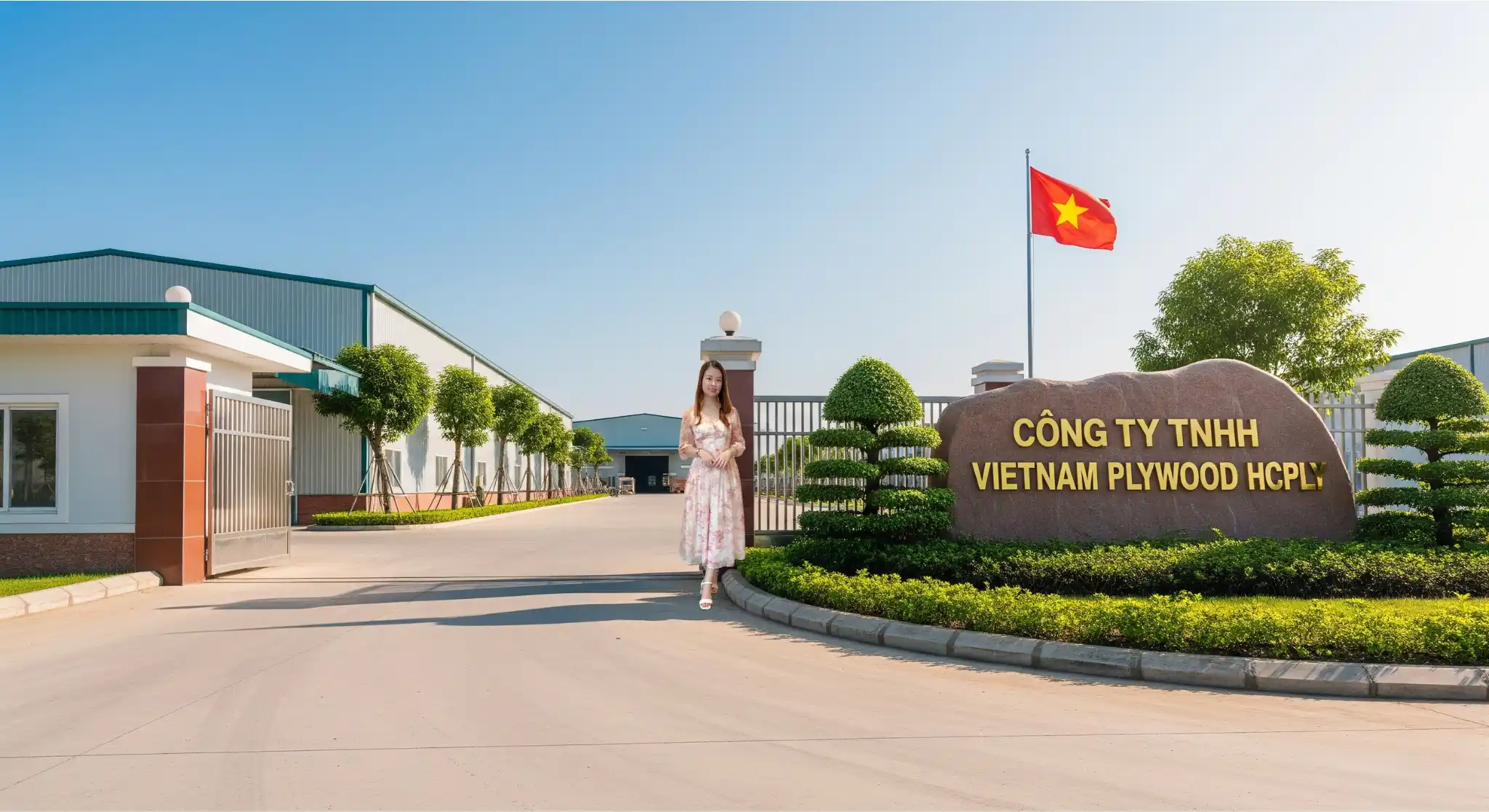
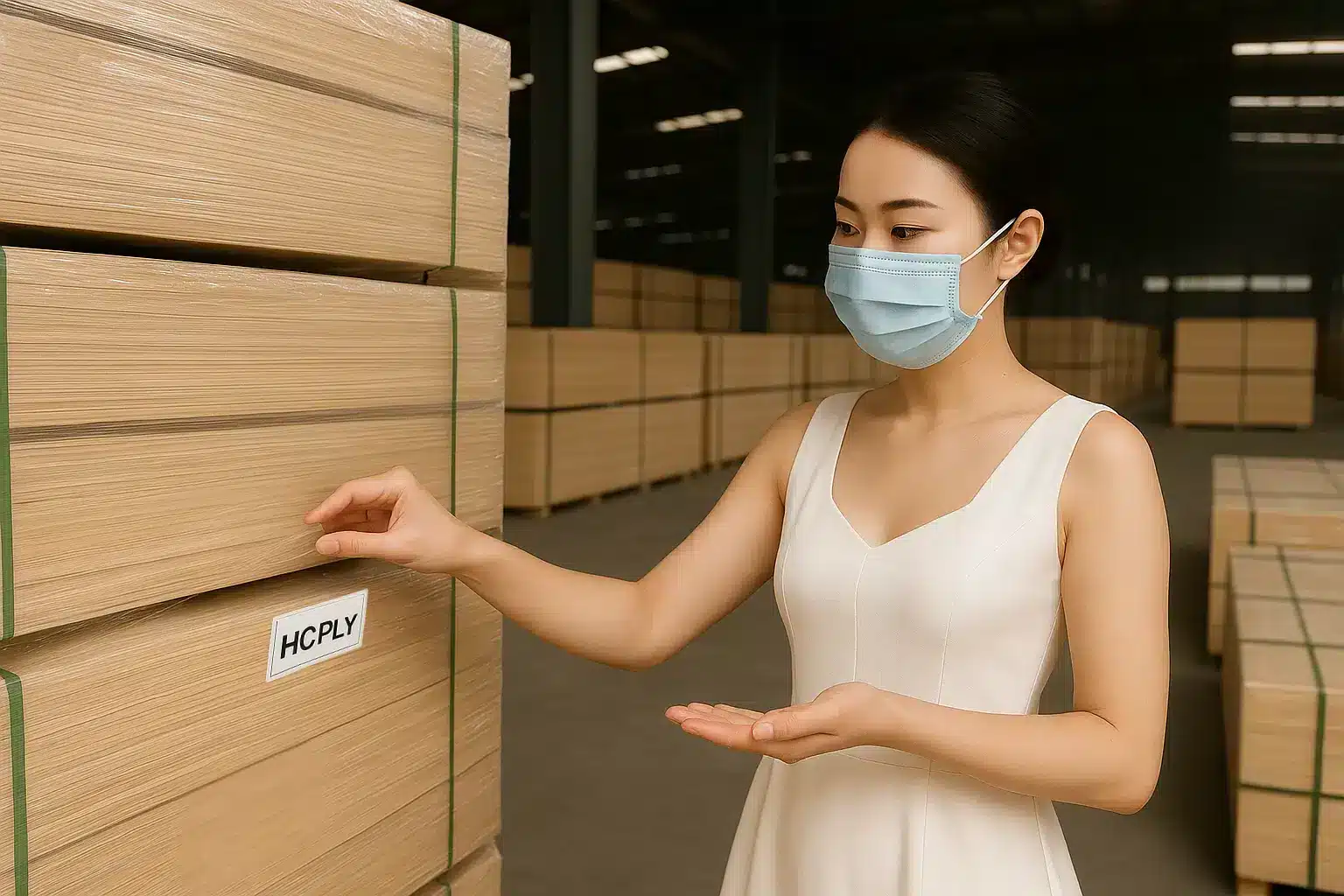
🏆 1. Introduction – Why Quality Control Matters
In the highly competitive global timber market, quality issues in vietnam plywood can make or break a business relationship. From minor surface imperfections to severe structural defects, each flaw has the potential to damage a brand’s credibility and cost buyers thousands in rework or rejections. For both exporters and importers, early detection and prevention of quality issues in vietnam plywood are not just operational steps — they are strategic investments in long-term trust and market reputation.
🎯 2. Common Plywood Defects
The most frequent problems found in Vietnam plywood production include:
- Face Veneer Cracks – Often caused by improper veneer drying or handling, affecting both aesthetics and structural integrity.
- Core Gaps & Overlaps – Hidden voids in the core layer that weaken load-bearing capacity.
- Delamination – Layers separating due to poor glue quality, insufficient pressure, or uneven pressing temperature.
- Warping & Bowing – Caused by inconsistent moisture content or uneven veneer thickness.
- Uneven Thickness – Resulting from uncalibrated sanding or pressing equipment.
💎 3. Moisture Content Problems
Moisture control is critical in Vietnam plywood quality assurance. The ideal range is 8–14%, and anything outside can lead to:
- Warping & Bending – Especially during overseas transit or long-term storage.
- Surface Blistering – During lamination or veneering processes.
- Reduced Bond Strength – Due to moisture interfering with adhesive curing.
Professional exporters like HCPLY conduct digital moisture meter tests on multiple panels per batch before shipment.
📦 4. Glue Bonding Failures
Bonding strength directly determines a panel’s durability. Failures often arise from:
Knowledge of quality issues in vietnam plywood can enhance customer satisfaction.
- Low-quality or counterfeit adhesive materials.
- Incorrect pressing temperature and time cycles.
- Inconsistent glue spread between veneers.
For international buyers, requesting EN314 bonding test results or boil test reports is essential before confirming an order.
Being aware of quality issues in vietnam plywood is crucial for making informed purchasing decisions.
Identifying quality issues in vietnam plywood ensures that products meet the required standards.
🛠 5. Veneer Quality and Grading Errors
Veneer grading is a delicate process that impacts both price and usability. Mislabeling — such as selling BC-grade as BB — can mislead buyers and result in disputes. To avoid this:
- Always request high-resolution veneer photos before shipment.
- Include veneer grade confirmation in the purchase contract.
- Use internationally recognized grading systems.
🔍 6. Core Material Substitution
Unscrupulous suppliers may replace specified hardwood cores with lower-density, cheaper species without disclosure. This impacts:
- Density & Weight – Affecting structural performance.
- Durability – Especially in humid or load-bearing applications.
- Compliance – Failing to meet buyer’s market standards.
HCPLY uses fully documented core sourcing with clear species identification to ensure consistency.
Addressing quality issues in vietnam plywood can significantly improve product reliability.
📌 7. Packaging & Handling Damage
Even if plywood passes all QC checks, poor packaging can ruin its condition before it reaches the buyer. Common issues include:
- Edge crushing from tight strapping without protection.
- Surface scratching due to loose or torn wrapping.
- Pallet breakage during forklift handling.
HCPLY prevents these risks by using reinforced corner protectors, waterproof wrapping, and export-grade strapping for every container.
Understanding quality issues in vietnam plywood is essential for maintaining supply chain integrity.
💬 8. FAQ – Buyer Concerns
Q1 – What’s the most common defect in Vietnam plywood?
Core gaps and face veneer cracks are the most reported, especially in low-cost production.
Q2 – Can defects be fixed after shipment?
Minor defects like surface scratches can be repaired, but structural issues such as delamination or incorrect core species cannot.
Q3 – How does HCPLY prevent defects?
We implement multi-stage QC, including veneer sorting, calibrated pressing, moisture testing, and final visual inspection before packing.
Mitigating quality issues in vietnam plywood should be a priority for all stakeholders.
📈 9. Preventing Quality Issues
To minimize quality risks, buyers should:
- Work exclusively with reputable manufacturers with proven export history.
- Insist on third-party pre-shipment inspection reports.
- Clearly define technical specifications, standards, and tolerances in the sales contract.
- Conduct periodic supplier audits to verify ongoing compliance.
🌟 10. Conclusion – Quality as a Competitive Edge
“In global plywood trade, your reputation travels with every shipment — invest in quality control to protect it.”
Regular audits can help address quality issues in vietnam plywood effectively.
For importers, avoiding quality issues in Vietnam plywood is not just about finding the lowest price — it’s about partnering with suppliers who treat quality as a non-negotiable standard. With HCPLY’s proven QC systems, every panel shipped is a statement of durability, compliance, and trust.
Buyers must stay informed about quality issues in vietnam plywood to avoid costly mistakes.
To thrive in the market, understanding quality issues in vietnam plywood is imperative.
For successful transactions, it’s vital to understand quality issues in vietnam plywood.
Being proactive about quality issues in vietnam plywood will benefit all parties involved.
To ensure satisfaction, addressing quality issues in vietnam plywood is essential.
Annual reports should include data on quality issues in vietnam plywood to track improvements.
Monitoring quality issues in vietnam plywood ensures compliance with international standards.
Strategies for addressing quality issues in vietnam plywood should be part of every business plan.
Investing in knowledge about quality issues in vietnam plywood pays off in the long run.
Understanding potential quality issues in vietnam plywood is vital for risk management.
Effective communication about quality issues in vietnam plywood fosters better relationships.

